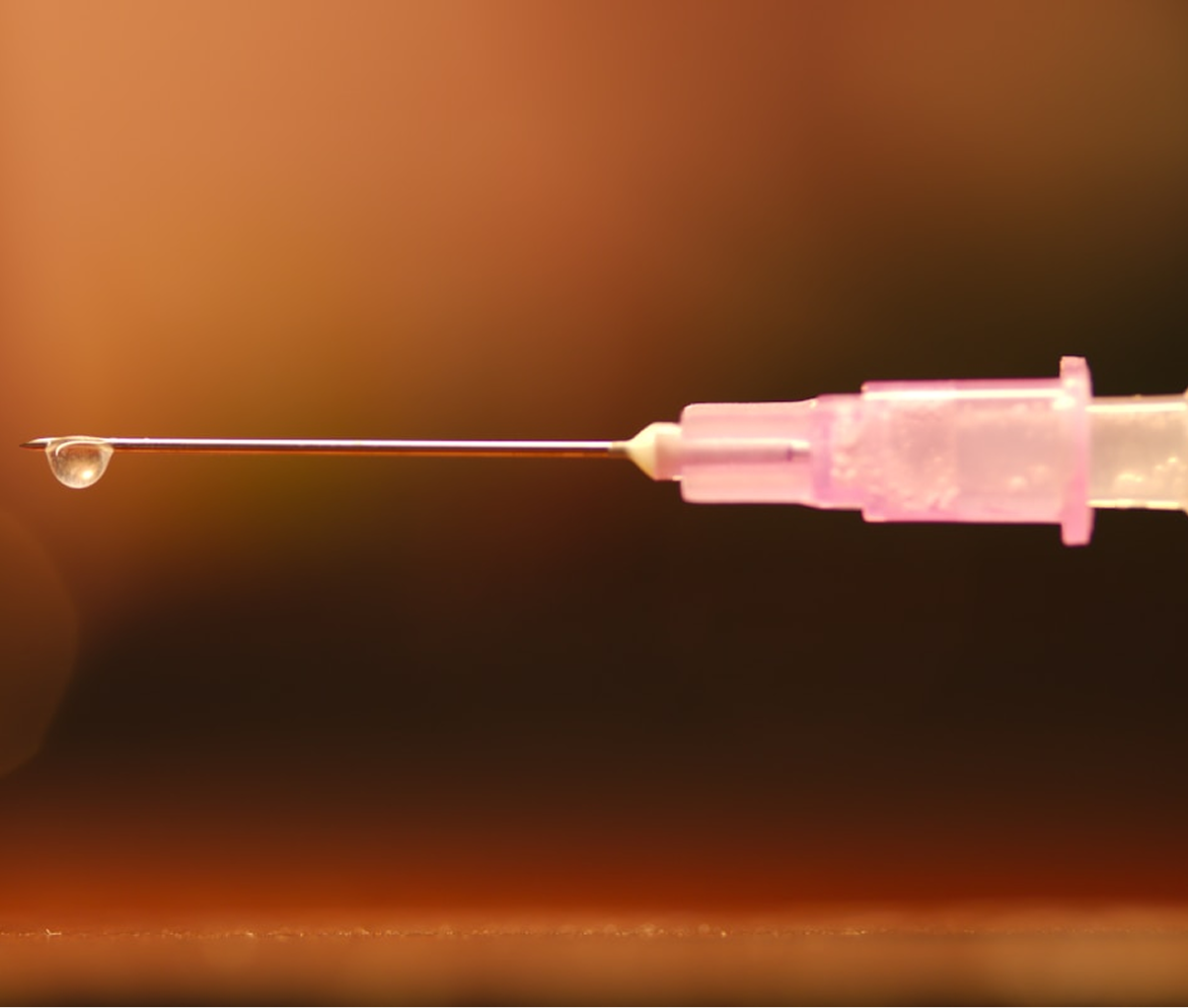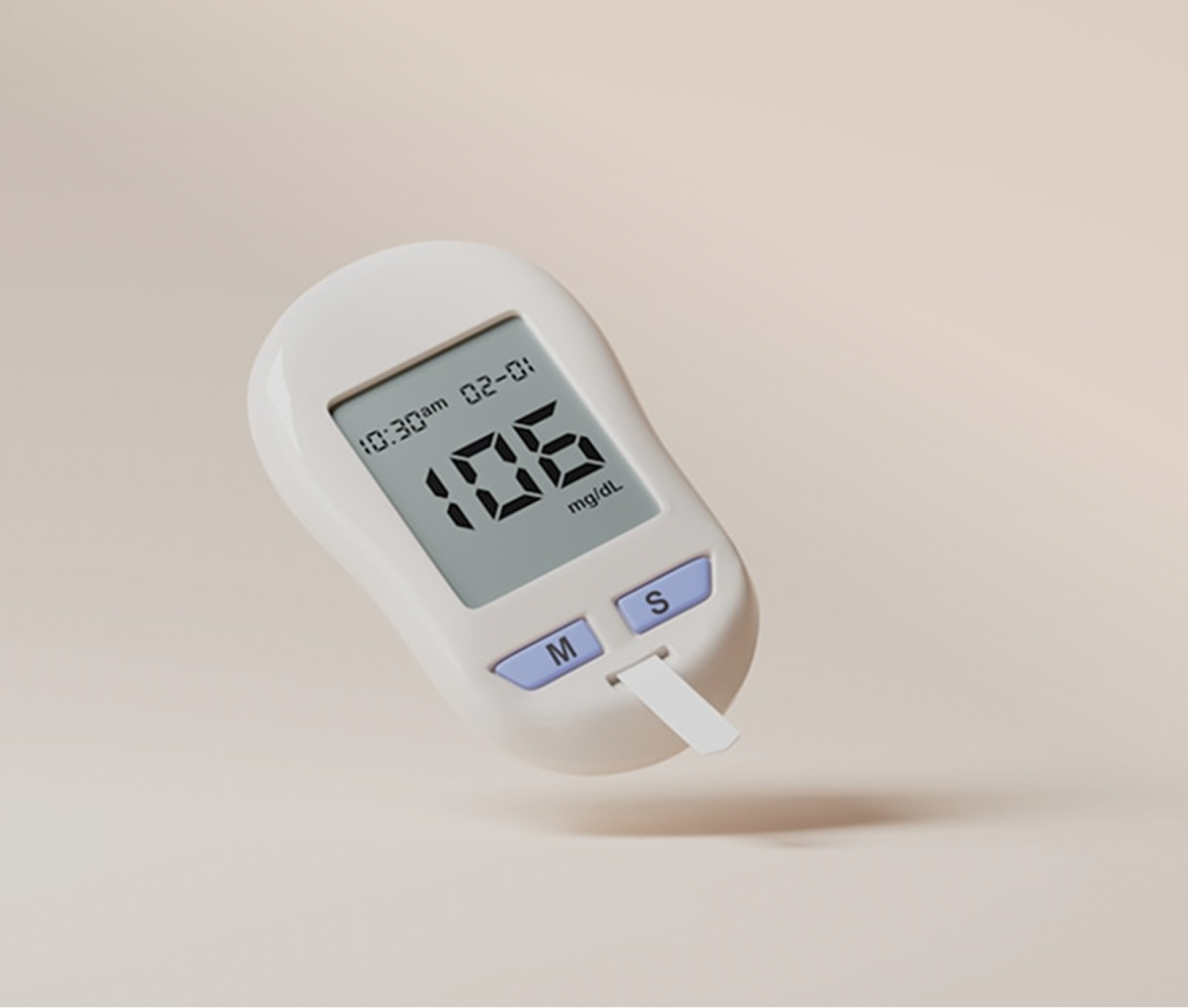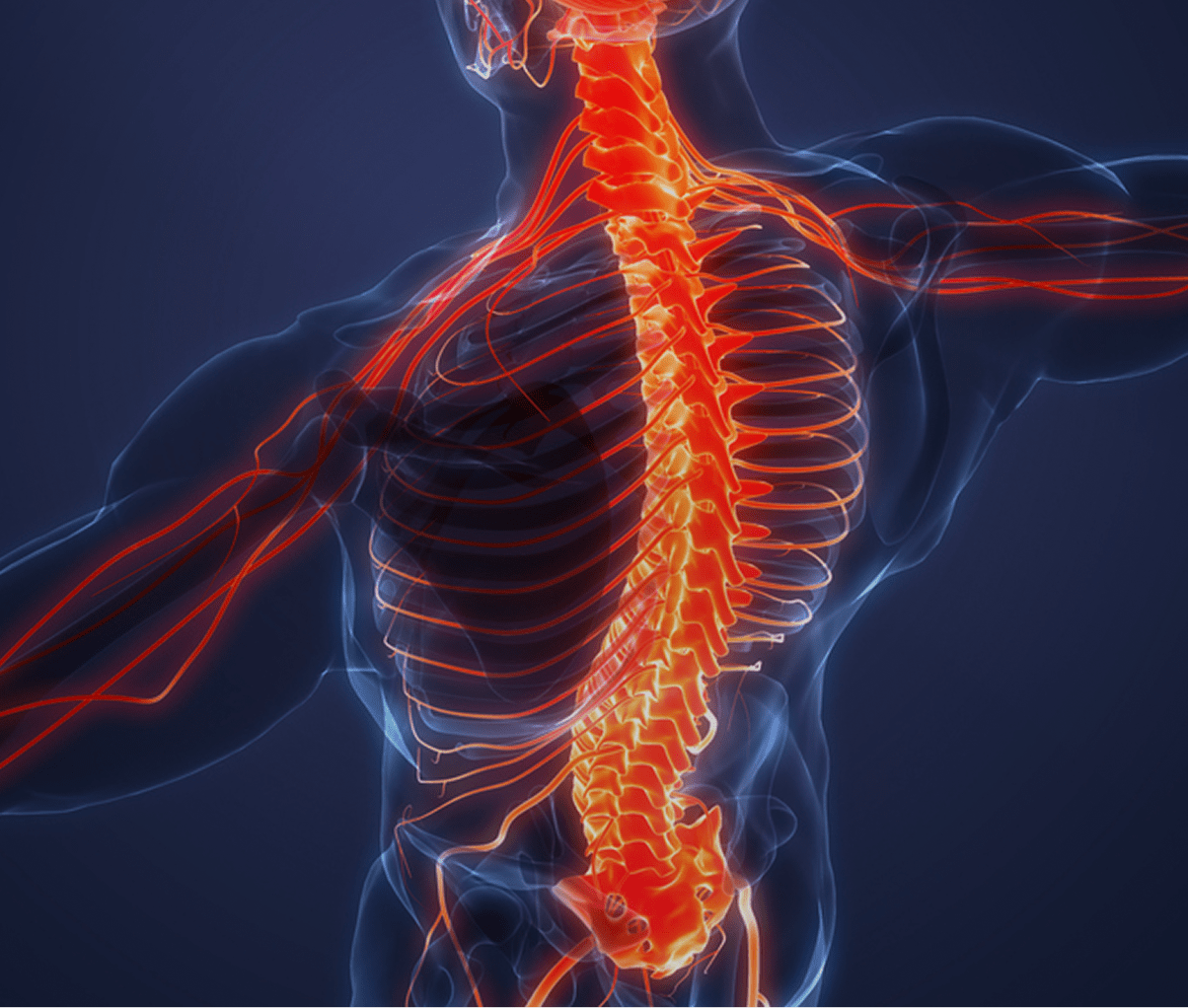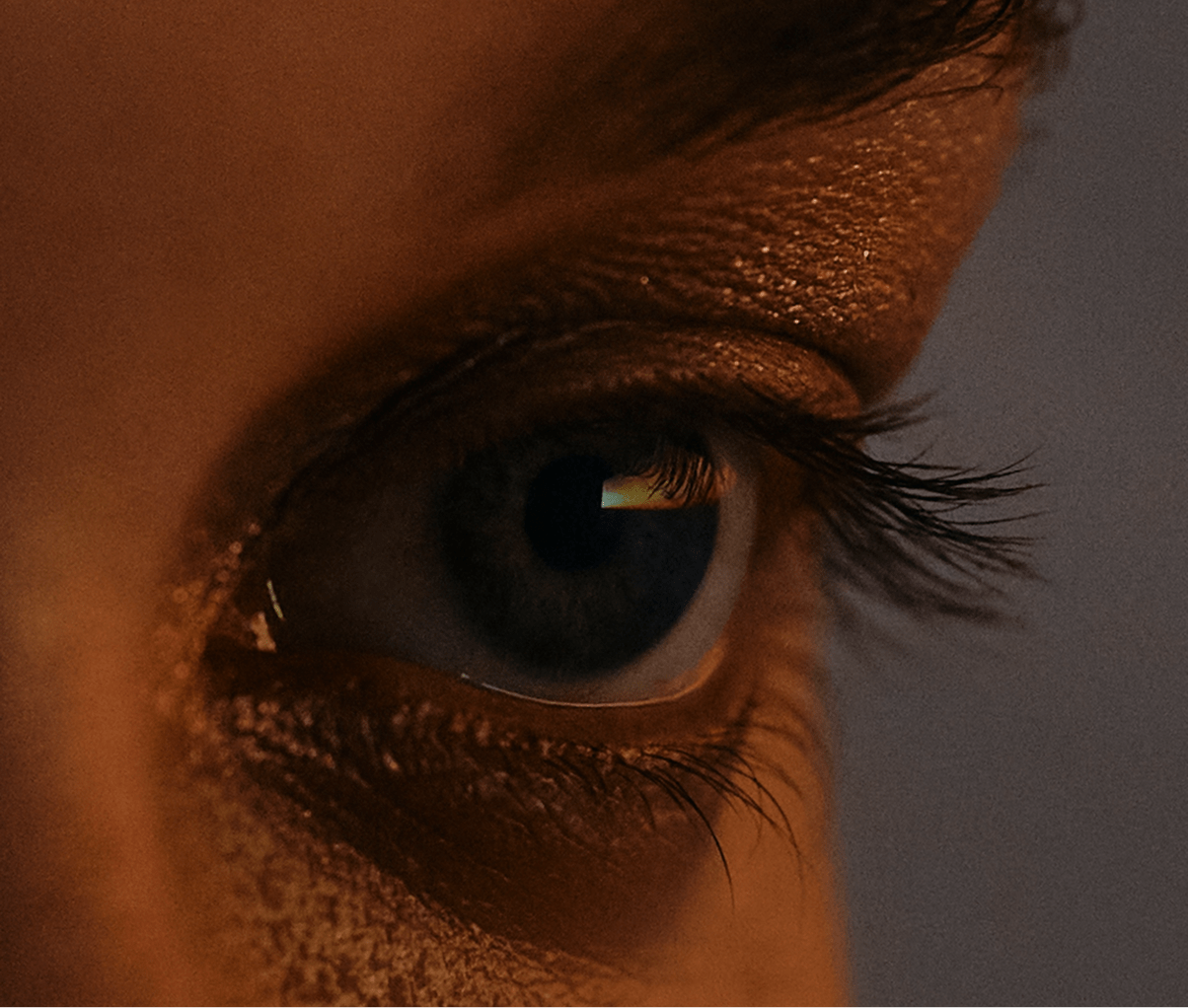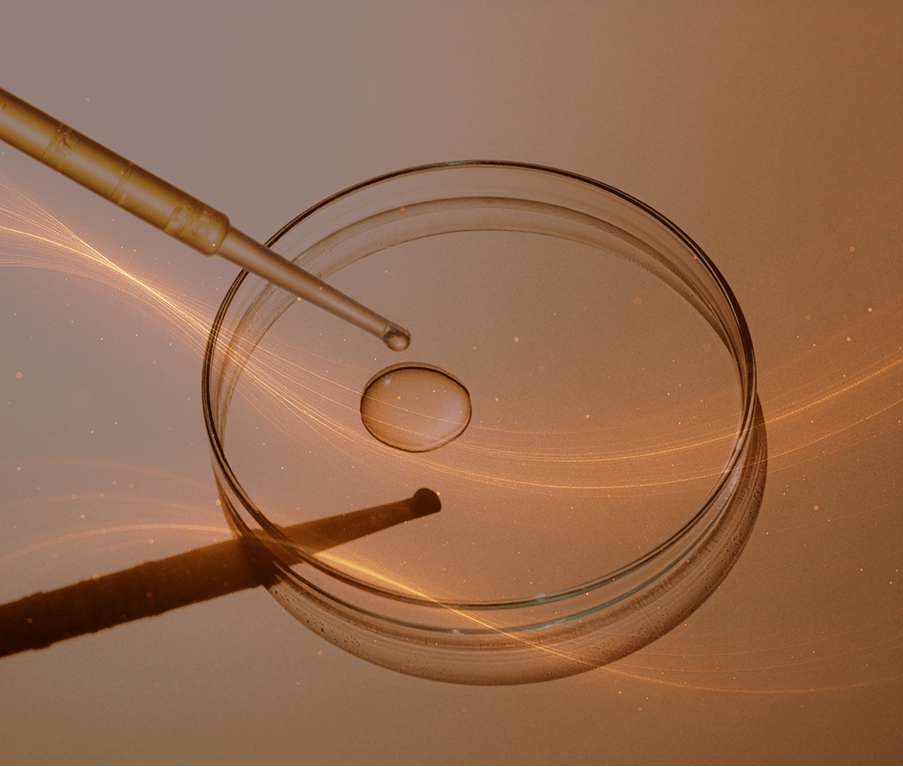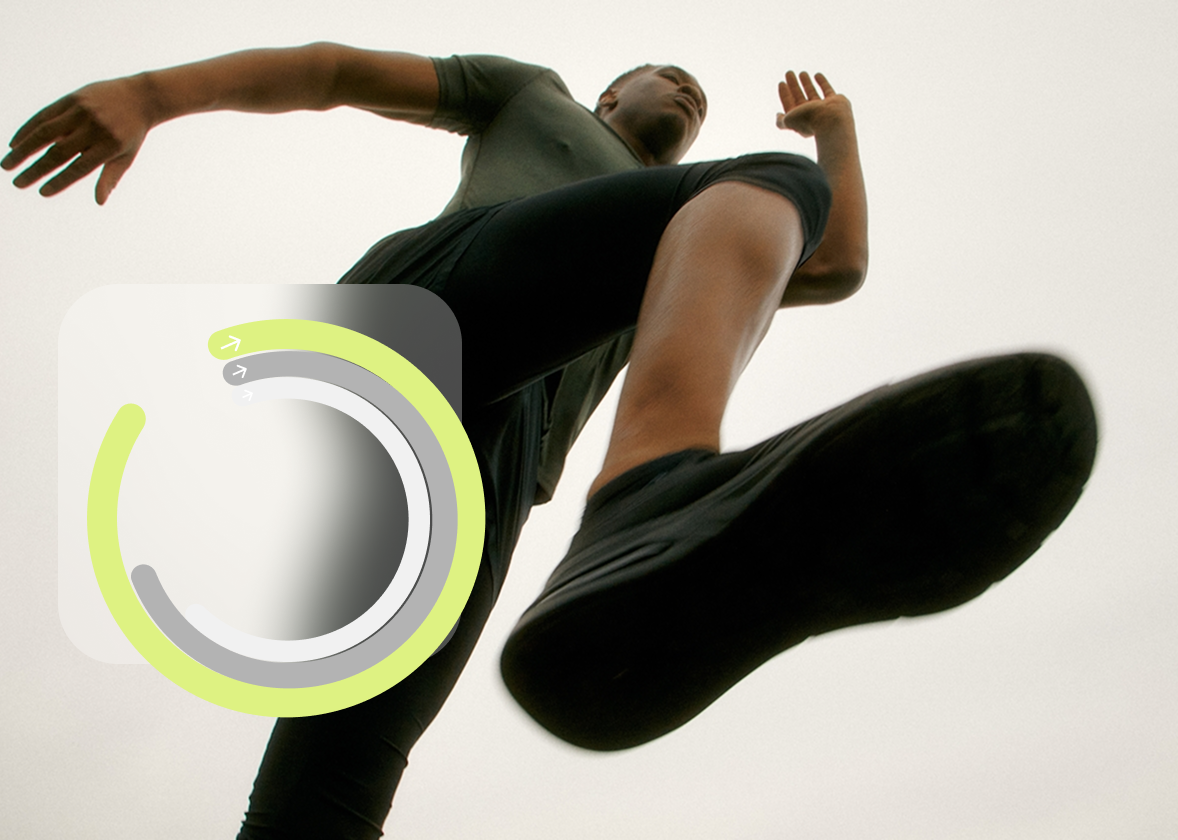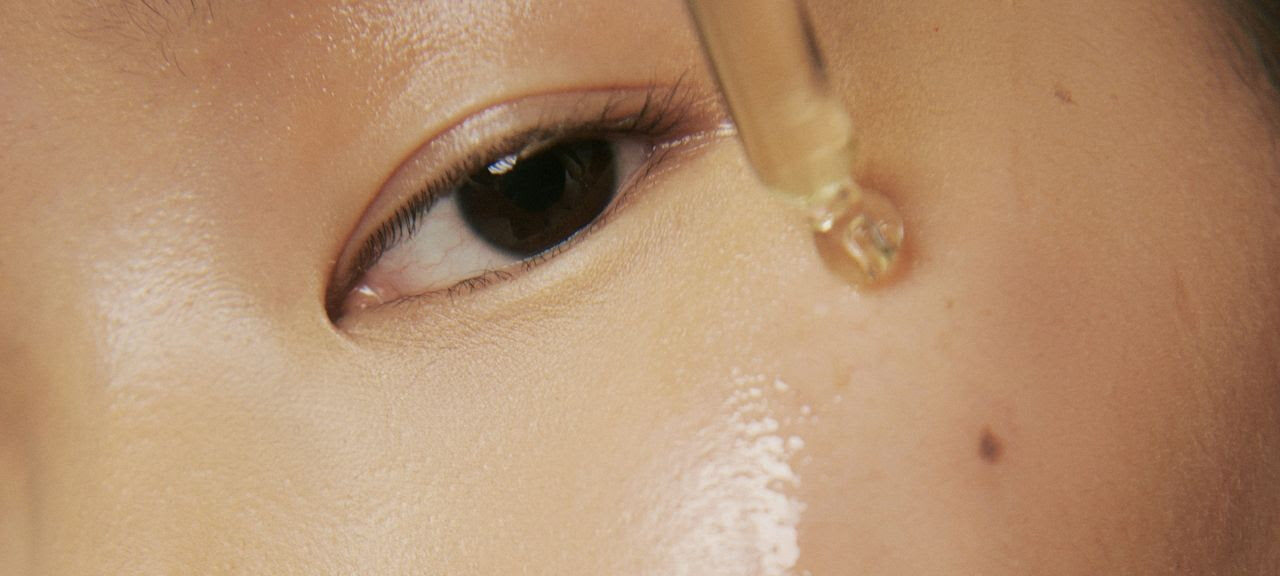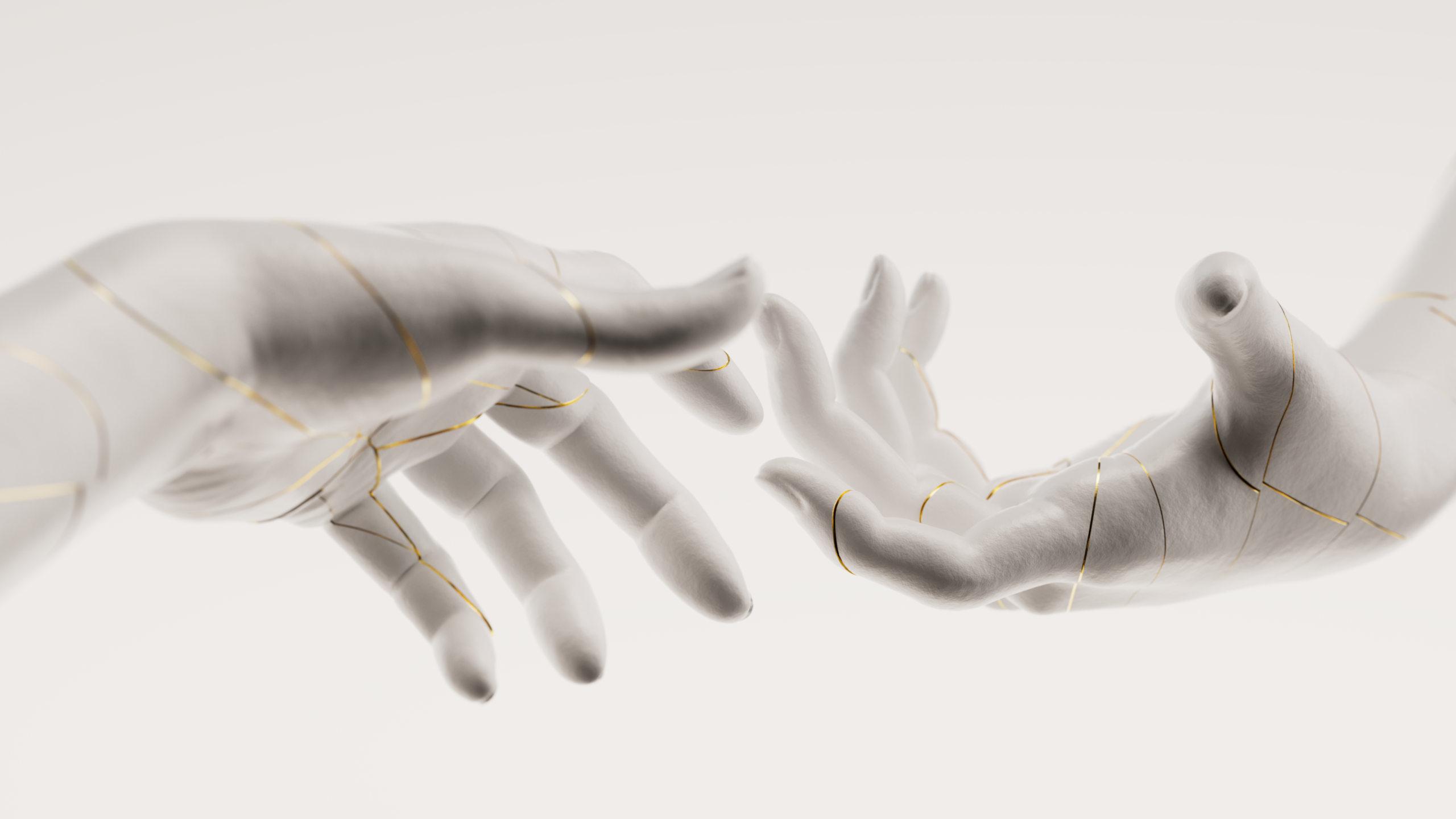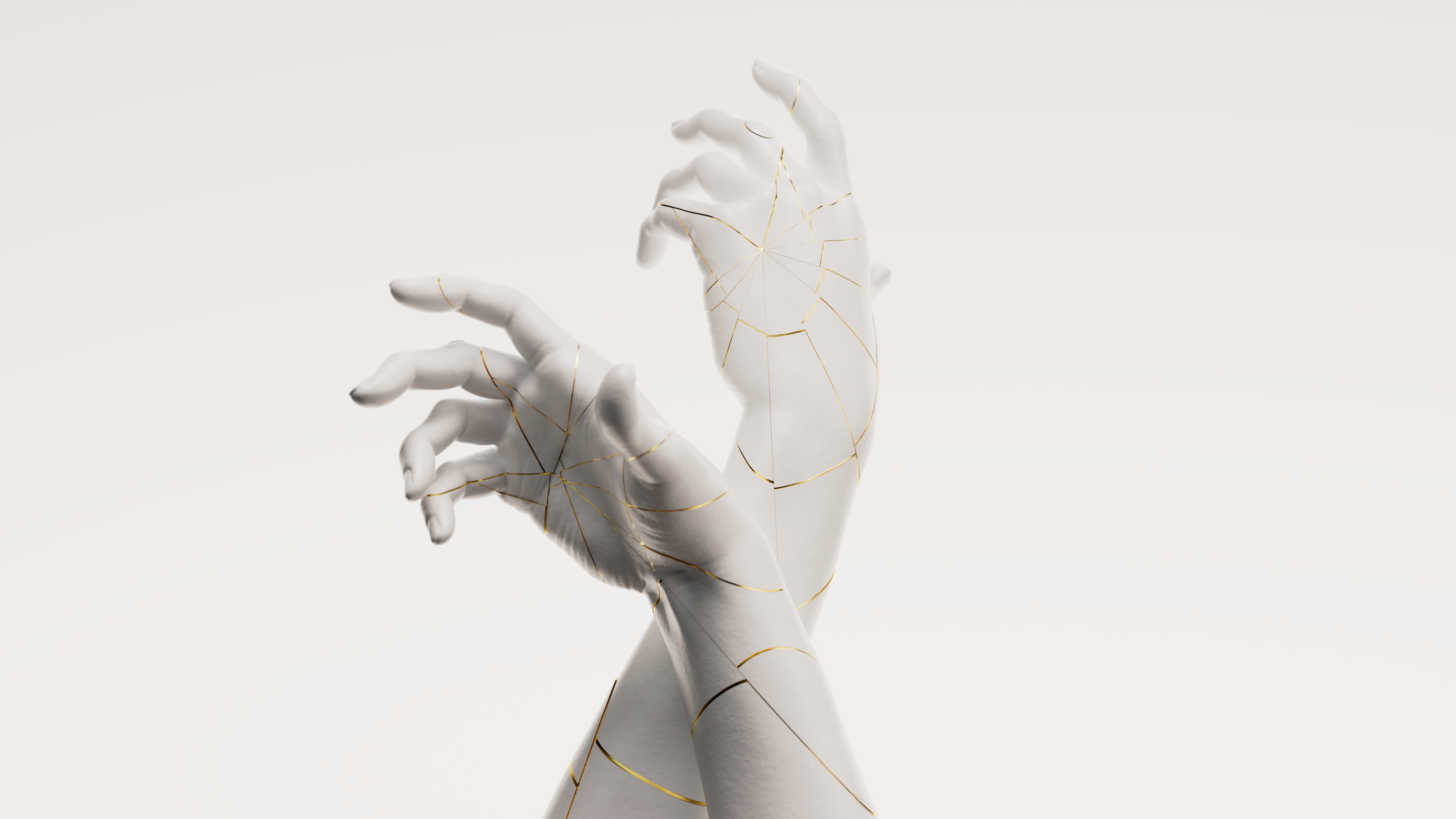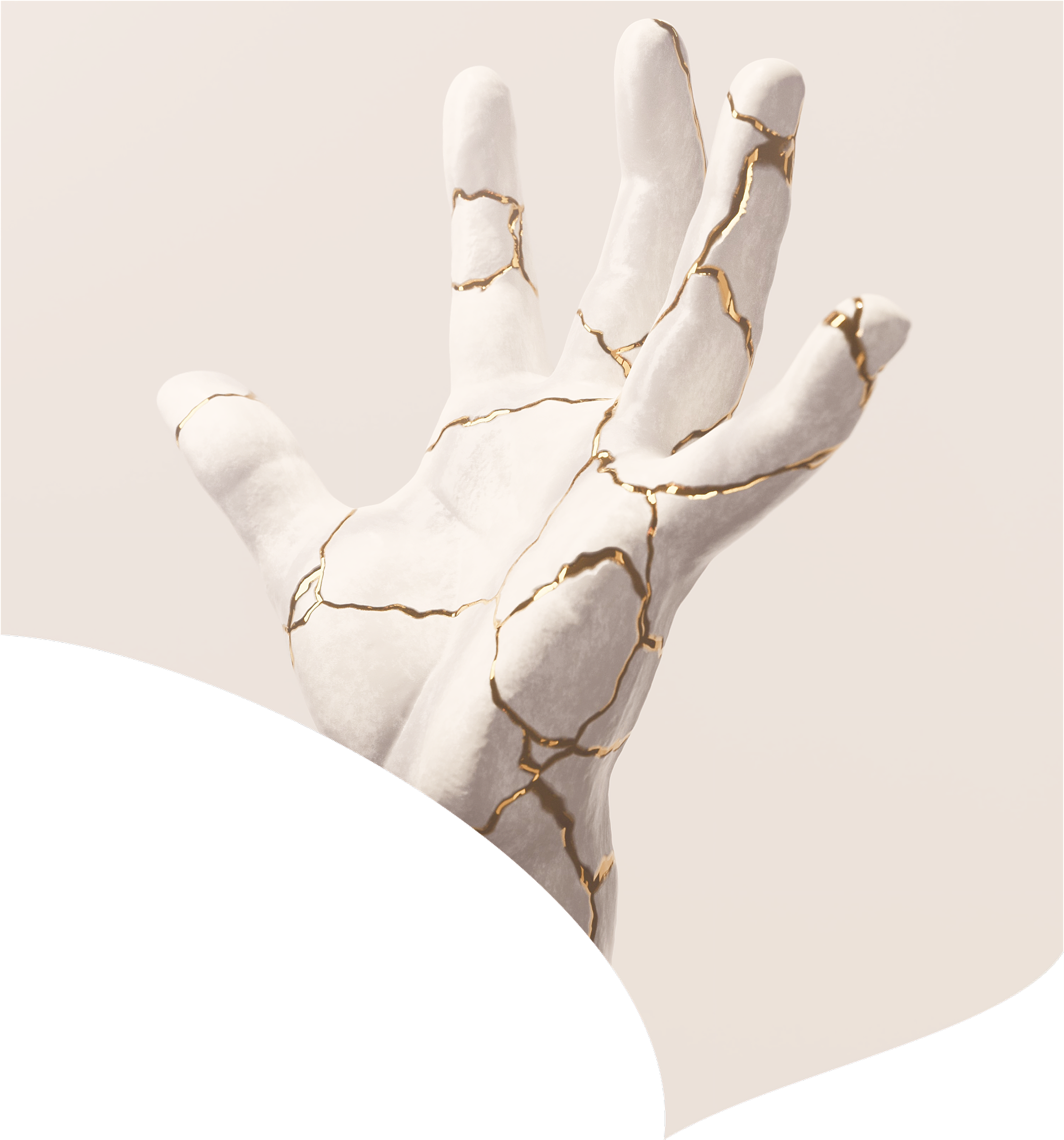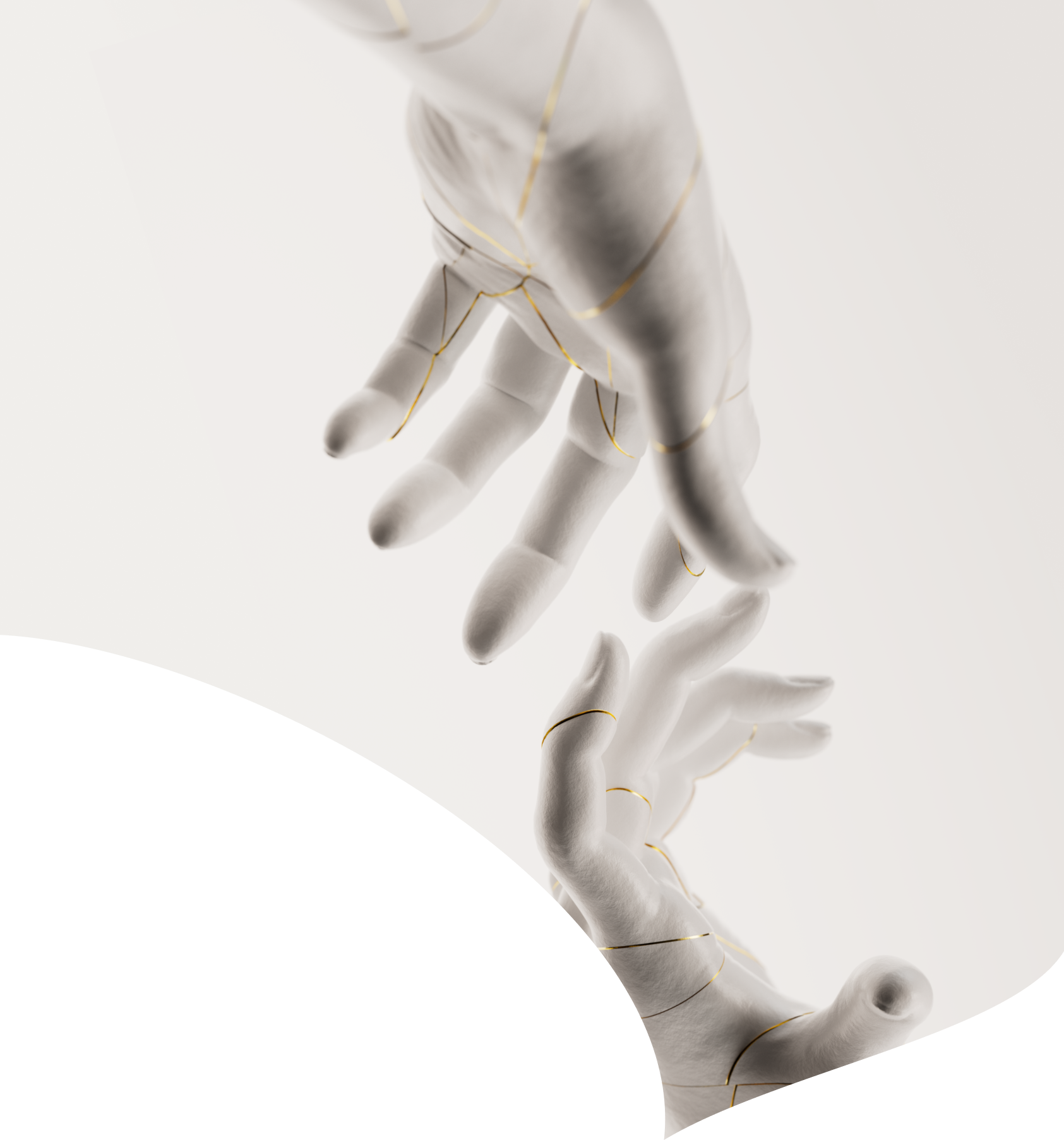
Not long ago, health check-ups were a once-a-year thing. You’d go to the doctor. Check in on some baseline vitals. Maybe do some bloodwork. Then you’d move on until your next annual exam—hoping nothing was quietly going wrong.
Today, your body tells a different (and longer) story. Your heart rate is tracked 24/7. Your sleep stages are logged. Your glucose levels spike and dip in a tidy little graph. Your ring knows when you’re getting sick before you do.
Wearable health technology has evolved from simple step counters into something more ambient, more personal, and potentially more powerful. These devices aren’t just tracking your fitness—they’re rewriting how we relate to our health. From reactive care to proactive insight. From checkups to continuous awareness.
The market is exploding and expected to reach $186 billion by 2030, driven by aging populations, chronic disease, and a growing appetite for self-optimization.
But the more interesting questions aren’t economic. They’re personal. Are wearables actually making us healthier? Or just more obsessed with (and anxious about) our data?
Where do they help? Where do they fall short?
Let’s take a look at the landscape and walk into this new future together.
The Start of the Modern Health Revolution
Wearables are amazing—not because they’re perfect, but because they were first. And they ignited a movement.
Fitbit was the tipping point. Suddenly, millions of people were paying attention to their health in a new way. They were counting steps and bragging about it to their friends. For many, it was the first time they tracked anything related to their health. That awareness changed everything.
Yes, these devices have accuracy issues, and the data can be noisy or incomplete. But that misses the bigger point.
Because what wearables really gave us was a new relationship to our bodies. They helped make health visible, daily, and a little more actionable.
Wearables give us a kick in the butt. A reason to move. A better sense of how we’re doing. A glimpse into systems we could never see before—like heart rate variability, sleep, recovery scores, or blood oxygen trends.
In some cases, they’ve even saved lives.
Wearables aren’t a perfect solution. But they’re a powerful start.
Expanded Capabilities of Modern Wearables
Wearable tech now delivers continuous, real-time monitoring across nearly every major body system. We’re far, far beyond counting steps and checking heart rates.
Cardiovascular and Respiratory: Devices track heart rate variability, ECG, blood pressure, SpO2, respiratory rate, and detect arrhythmias or early signs of asthma and COPD. Some include smart inhalers for medication tracking and environmental alerts.
Metabolic and Chronic Conditions: Continuous glucose monitors, hydration and cortisol sensors, and blood pressure patches support diabetes, hypertension, and kidney disease management, remotely and in real time.
Neurological Disorders: Wearables detect seizure precursors in epilepsy and monitor tremors, gait, and medication response in Parkinson’s Disease.
Mental Health and Sleep: Stress and mood tracking via HRV and skin conductance enables early intervention. Devices also link sleep quality to mental health conditions.
Rehabilitation and Fitness: From calorie tracking to movement analytics, wearables aid in weight loss and physical therapy by offering posture correction and adherence feedback.
Women’s Health: Specialized tools track ovulation, hormonal shifts, fetal heart rate, and maternal health for fertility and pregnancy monitoring.
Infection and Early Illness Detection: Biosensors can flag fever and infection risk by continuously monitoring subtle shifts in temperature and vitals.
Remote Care: All of this data feeds into telehealth and remote patient monitoring platforms—reducing hospital visits and enabling proactive, personalized care.
Inaccuracies and Limitations
Here's what the marketing materials won't tell you: consumer wearables are often less accurate than you think. And the inaccuracies aren't random—they're systematic and predictable.
Wearables are often precise (consistent) but not accurate (correct). Your device might consistently read your resting heart rate as 65 BPM when it's actually 70. For trend tracking, this is fine. For medical decisions, it's not.
Heart Rate: Pretty Good, With Caveats
Most wearables are accurate for resting heart rate and general trends.
But here’s where they struggle:
- Dark skin tones: Optical sensors work by detecting blood flow through light reflection. Darker skin absorbs more light, reducing accuracy.
- Tattoos: Ink blocks the sensor's ability to detect blood flow.
- Movement: Any wrist movement during exercise can throw off readings.
- Cold weather: Poor circulation makes optical sensors less reliable.
Medical-grade chest straps are still the gold standard for heart rate accuracy during exercise.
Sleep Tracking: Useful Trends, Questionable Details
Wearables are reasonably good at detecting when you're asleep, but sleep stage detection (REM, deep sleep, etc.) is often educated guesswork.
What's reliable: Total sleep time, wake-ups, general sleep efficiency.
What's not: Precise sleep stage timing, especially the difference between light sleep and REM.
Blood Oxygen: Inconsistent and Overrated
SpO2 sensors in consumer wearables are notoriously unreliable. They can be off by 5-10%, which sounds small but matters a lot when the normal range is 95–100%. Factors affecting accuracy include skin tone, nail polish, movement, and ambient temperature.
If you have breathing concerns, see a doctor. Don't rely on wearable SpO2 readings for medical decisions.
Industry Challenges
Despite the hype, several fundamental problems are slowing wearable adoption in serious healthcare settings.
Data Overload
Wearables generate massive amounts of data—thousands of data points per day per person. Healthcare systems aren't equipped to handle this. Primary care doctors already see 20+ patients per day; they can't review continuous data streams from each patient.
The challenge is building systems that can automatically identify what matters and what doesn't, presenting only actionable information to healthcare providers.
Regulatory Confusion
The line between "wellness device" and "medical device" is blurry—and getting blurrier. This isn't just bureaucratic nitpicking—it fundamentally affects what claims companies can make and how doctors can use the data.
Wellness devices (like most fitness trackers) face minimal FDA oversight. Companies can't make medical claims, but they can market for “general wellness” and fitness. Most wearables fall into this category.
FDA-cleared medical devices have been tested for specific medical uses and can make limited medical claims. Apple Watch's ECG feature, for example, is FDA-cleared for detecting atrial fibrillation—meaning doctors can actually use that data clinically.
FDA-approved medical wearables are a separate category of truly medical-grade wearables that most consumers never see. These include continuous glucose monitors, cardiac event monitors, seizure detection devices, or ePatches for post-surgical monitoring.
Some newer entries include wearable insulin delivery systems and devices that monitor specific biomarkers for cancer patients. These devices are prescribed by doctors, often covered by insurance, and designed for certain medical conditions rather than general wellness.
Doctors can't recommend devices that aren't medically validated, but medical validation is slow and expensive. Meanwhile, patients are making health decisions based on unvalidated data.
And that’s where the risk lies: the tech is moving faster than the rules—and faster than the science.
Privacy and Security
Wearables collect incredibly intimate data about your body, behavior, and health. Most companies' privacy policies are vague about how this data is used, stored, or shared. Health data breaches can have lifetime consequences.
It’s likely your wearable data is being used for purposes you haven't explicitly consented to.
Read the privacy policy—seriously.
Standardization Problems
Different devices measure the same things differently. There's no standard for what "heart rate variability" means across brands, making it impossible to compare data or switch devices without losing continuity.
That inconsistency undermines trust—and limits the clinical usefulness of the data. Until standards catch up, your health metrics are only as reliable as the brand interpreting them. But that could change fast. Regulators, researchers, and even tech companies are pushing for common standards to turn wearable data into a true medical tool.
If you want to switch devices, the smartest move is to overlap them for a few weeks. Wear both, compare the data patterns (not just the numbers), and look for trends—your own baselines matter more than the delta between the two.
Current Emerging Tech
Smart Clothing
Smart clothing sounds like science fiction: shirts that monitor your heart rate, socks that track your gait, fabrics that can detect illness before symptoms appear. Some of this is real. Much of it isn't ready for primetime.
Smart athletic wear is the furthest along. Companies like Hexoskin and Athos make compression shirts with built-in sensors that track heart rate, breathing, and muscle activity during workouts.
Medical-grade patches are having a moment. Some track ECG continuously for weeks, others monitor glucose through the skin. These aren't consumer products yet—they're prescription devices for specific medical conditions.
Smart socks exist and can track balance, gait, and pressure points. They're mainly used in physical therapy and elderly care, not for your morning jog.
Most smart clothing requires frequent charging, special care, or produces data that's not meaningfully better than existing wearables. However, there are some worthwhile developments on the horizon.
Truly washable electronics are making progress. Researchers are developing conductive threads that can survive normal laundry cycles. When this becomes affordable and reliable, smart clothing could actually become something bigger.
Temperature regulation fabrics that respond to body heat are already in some high-end athletic wear. They don't need batteries or sensors, but this science is still early and needs more time.
Vagus Nerve Stimulators
The vagus nerve is your body's main highway between brain and organs, controlling everything from heart rate to digestion to immune response. When it's functioning well, you're in "rest and digest" mode—calm, focused, and recovering properly—but chronic stress can suppress vagus nerve activity, leaving you stuck in fight-or-flight mode.
Vagus nerve stimulators promise to hack your nervous system, reduce stress, improve sleep, and boost recovery—all by gently zapping a nerve in your neck or ear. Some of this is real science. Some of it is an expensive placebo.
Clinical studies show these devices can influence heart rate variability, reduce inflammation markers, and help with anxiety and depression. The effects are real but modest.
Most people can stimulate their vagus nerve through deep breathing, cold exposure, or meditation—and vagus nerve devices tend to work better when you’re already doing these practices.
The Future of Wearables: What's Coming Next
We’ve already come a long way, but timelines in health tech are consistently optimistic. The hope is that these devices will get smarter and cover more. But the world of health regulations is full of red tape.
Here's what's actually on the horizon and when you might realistically see it.
Next 2–3 Years: Incremental Improvements
Better sensors: More accurate heart rate monitoring, especially for darker skin tones. Improved sleep tracking. More reliable blood oxygen measurement.
Longer battery life: Gradual improvements in efficiency and battery technology. Expect 10–12 day battery life to become standard for fitness trackers. A few are already touting this.
Blood pressure monitoring: True cuffless blood pressure monitoring is getting closer. A few devices already do this with decent accuracy.
5–7 Years: Meaningful Advances
Non-invasive glucose monitoring: Apple has been working on this for over a decade. When it arrives, it will be revolutionary for diabetes management. But it's still years away from consumer availability.
Advanced disease detection: Wearables that can reliably detect early signs of infection, cardiovascular events, or other health emergencies before symptoms appear.
Smart contact lenses: Monitoring eye pressure, glucose levels, or other biomarkers through the tear film. Prototypes exist but commercialization is distant.
10+ Years: Next-Wave Developments
Implantable sensors: Truly long-term, biocompatible sensors that can monitor multiple biomarkers continuously for months or years.
Brain–computer interfaces: Consumer-grade devices that can monitor brain activity, sleep quality, or mental health indicators directly.
What to Ignore
Anything promising to "revolutionize healthcare" in the next 2 years. Real healthcare moves slowly for good reasons.
Devices that claim to replace medical testing without FDA approval. They won't and can't.
Miraculous health claims based on preliminary research. If it sounds too good to be true, it probably is.
The Bottom Line
After cutting through the hype and examining the reality, are wearables worth your time and money? Almost definitely, but It depends on what you're trying to achieve and how you plan to use the data.
Definitely Worth It If You:
- Want motivation for basic fitness goals: Step tracking and activity reminders genuinely help many people move more.
- Are managing a chronic condition: Continuous glucose monitoring for diabetes, heart rate tracking for cardiovascular issues, or sleep tracking for sleep disorders can provide valuable insights when used alongside medical care.
- Enjoy data-driven self-optimization: If tracking metrics motivates you—and you understand the limitations—wearables can be valuable tools for improving sleep, fitness, and recovery.
Probably Worth It If You:
- Are curious about your health patterns: Learning about your sleep quality, stress levels, or activity patterns can be enlightening, even if you don't act on all the data.
- Want early warning signs: While not medically diagnostic, wearables can sometimes alert you to changes worth discussing with a doctor.
Probably Not Worth It If You:
- Expect or need medical-grade accuracy: Consumer wearables are wellness tools, not medical devices. Don't make medical decisions based solely on wearable data.
- Are prone to health anxiety: Constant monitoring can increase anxiety for some people, especially given the devices' imperfect accuracy.
- Want a magic solution: Wearables provide information, not transformation. They can't fix poor sleep habits, chronic stress, or unhealthy lifestyle choices.
But without the revolution that Fitbit and other fitness trackers kicked off, Eudēmonia likely wouldn’t be here. Wearables were the spark and the tipping point to a new era—where personal data drives how we think about health.
And there's room to grow. The promise of wearable health technology is extraordinary. These devices are only getting better—smaller, smarter, more precise, and more affordable. Even without the level of accuracy we demand, they're already improving and saving lives. They catch things we can't feel. They optimize things we never thought to measure.
They make us move more, sleep better, and even prevent disease. It's more than healthcare. It's health awareness. That's a big shift—and not one to take for granted.
Disclaimer: This newsletter is provided for educational and informational purposes only and does not constitute providing medical advice or professional services. The information provided should not be used for diagnosing or treating a health problem or disease, and those seeking personal medical advice should consult with a licensed physician.

January 9, 2026

January 2, 2026

December 26, 2025

December 19, 2025

December 12, 2025

December 8, 2025
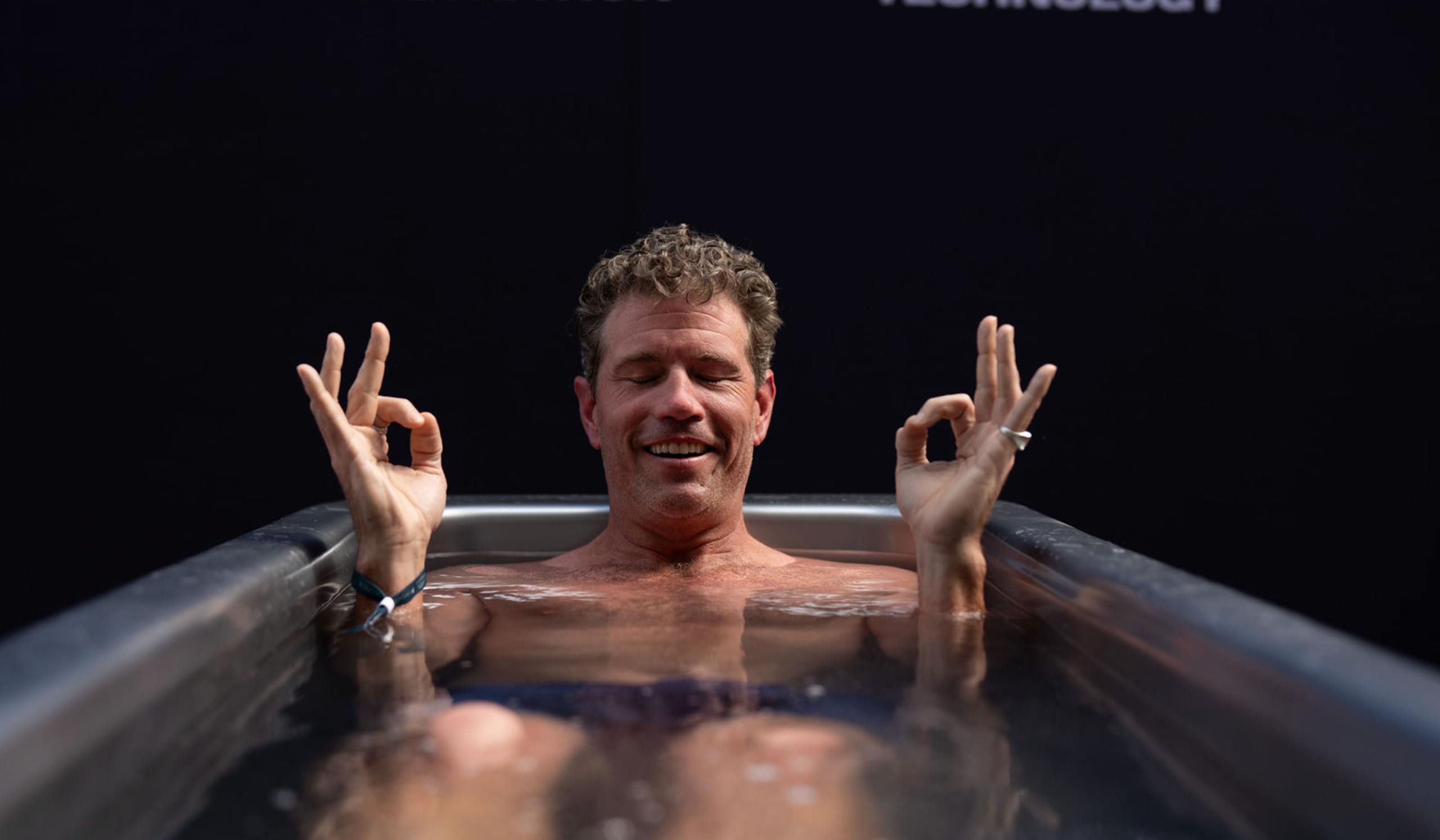
December 5, 2025
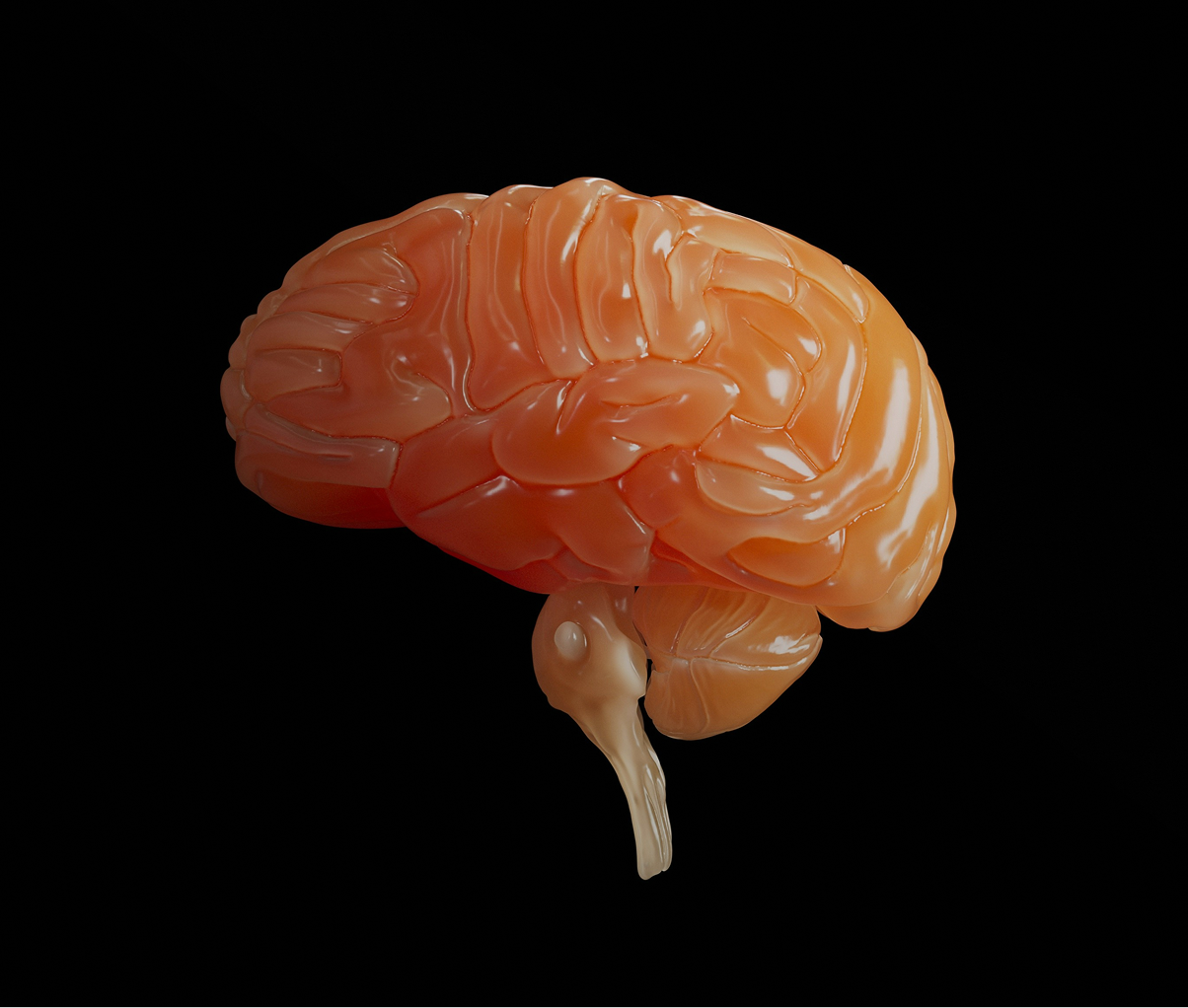
November 21, 2025

November 14, 2025


